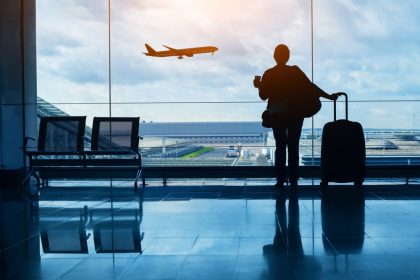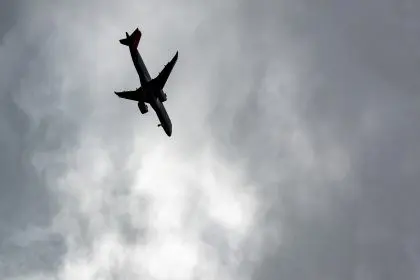Traveling can be a source of anxiety and stress for many, but the companionship of an emotional support animal (ESA) can make the journey more bearable. An ESA can provide comfort, support and a calming presence to individuals facing mental or emotional challenges, making plane travels significantly less daunting. However, navigating the process of obtaining an ESA certificate for plane travel requires understanding specific regulations and steps. This article aims to guide you through the intricacies of getting an emotional support animal certificate, ensuring you and your furry companion can fly together with ease. By the end of this comprehensive guide, you will be equipped with all the necessary knowledge to make your travel plans smoother and more enjoyable.
Understanding emotional support animals
Before diving into the certification process, it’s crucial to distinguish ESAs from service animals. Emotional support animals provide comfort just by being with their owner, without needing to perform specific tasks related to a disability. Recognizing the role of ESAs is the first step in appreciating the importance of obtaining the right certification for plane travel.
The importance of an ESA certificate
Having an ESA certificate legitimizes your animal’s role as a support companion. It is a document typically provided by a licensed mental health professional (LMHP) that verifies your need for an ESA due to mental or emotional disabilities. This certificate is essential for bypassing pet policies on planes, allowing your ESA to accompany you in the cabin without additional fees.
Steps to obtain an ESA certificate for plane travel
1. Evaluate your need for an ESA
The journey begins with a self-assessment or consultation with a mental health professional to determine if you qualify for an ESA. Conditions such as anxiety, depression, PTSD and other mental health issues can make you eligible for an ESA.
2. Consult a licensed mental health professional
If you believe an ESA could benefit you, the next step is consulting with a LMHP. This professional can assess your situation and determine whether an ESA would be a part of your treatment plan.
3. Obtain an ESA letter
Once an LMHP verifies your need for an ESA, they will issue an ESA letter. This document should include the professional’s letterhead, license type, date of issuance and the reason for the ESA recommendation. This letter must be up-to-date, as airlines may require documentation issued within a certain timeframe.
Preparing for travel with tour ESA
1. Research airline policies
Airlines can have varying policies regarding ESAs, so it’s important to research and understand the specific requirements of the airline you plan to travel with. Some may require additional forms or advance notice.
2. Train your ESA for travel
While ESAs do not require specialized training like service animals, ensuring your companion is well-behaved in public spaces and on the plane is essential. This includes being able to handle the stress of flying without causing disturbances.
3. Pack essential items
Prepare a travel kit for your ESA, including food, water, a leash and any necessary medications or comfort items. This will ensure both you and your ESA have a comfortable journey.
Legal considerations and airline requirements
The Air Carrier Access Act (ACAA) prohibits discrimination against passengers with disabilities, allowing them to fly with their ESAs in the cabin. However, it’s important to note that regulatory changes can affect the acceptance of ESAs. As of my last update, airlines are no longer required to accommodate ESAs as they do service animals, making it even more crucial to check with your airline about their specific policies.
Getting an emotional support animal certificate for plane travels requires understanding the distinction between ESAs and service animals, recognizing the importance of legitimate certification and following through with the necessary steps to obtain an ESA letter. Preparing for travel involves researching airline policies, ensuring your ESA is well-behaved and packing essential items for the journey. Although the process might seem daunting at first, the benefits of having your emotional support animal by your side during flights are immeasurable. By taking the time to properly certify your ESA and prepare for your trip, you can ensure a smoother, more comfortable travel experience for both you and your companion. Remember, the goal is not just to navigate the logistics of flying with an ESA but to foster an environment where your mental and emotional well-being is prioritized. Safe travels!
This story was created using AI technology.

















